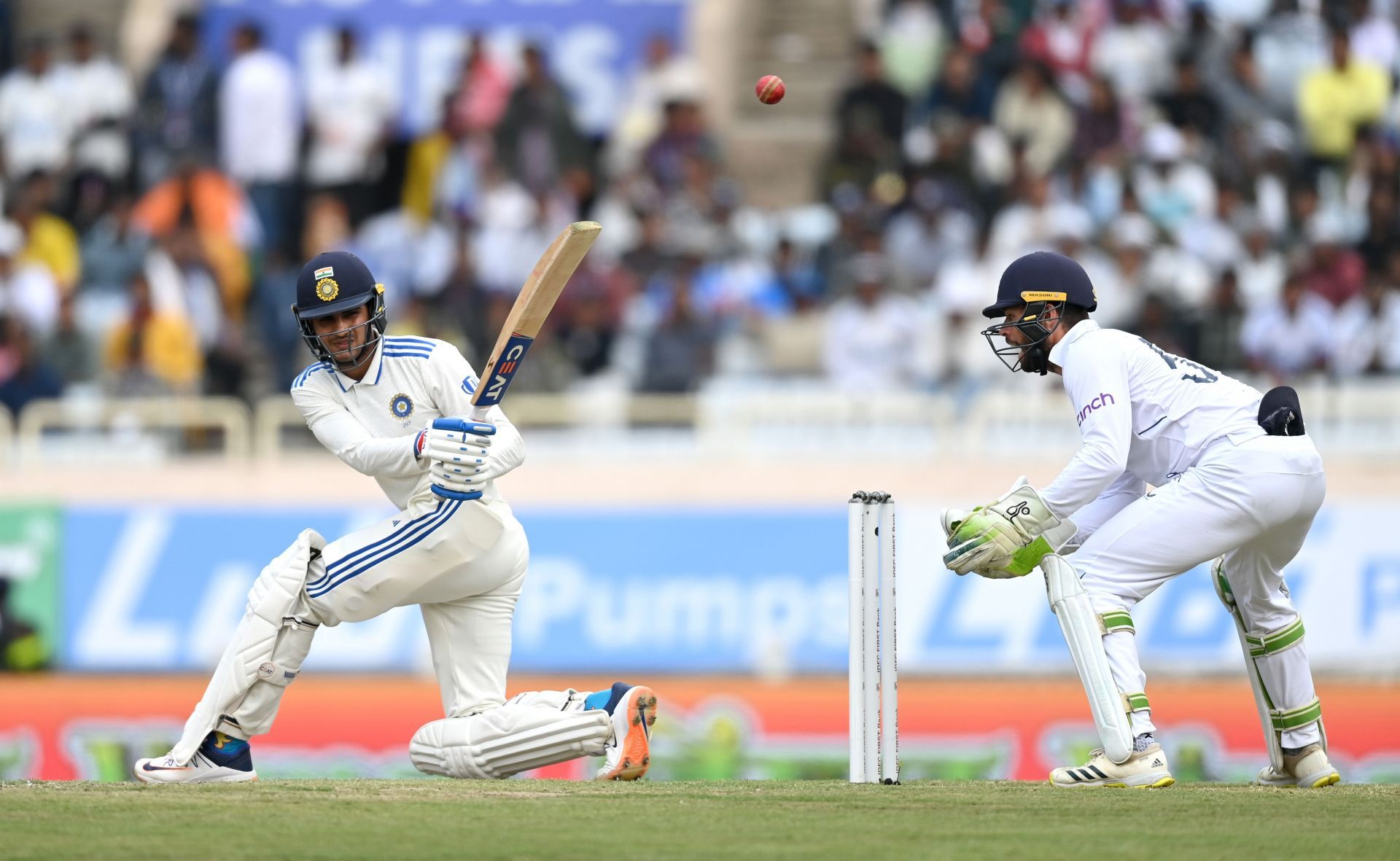
3 reasons why Shubman Gill's 52* could be a career-changing knock
Shubman Gill scored an invaluable 52 not out in India’s second innings in Ranchi on Monday, February 26, as the hosts chased 192 to clinch the five-match series 3-1. The No. 3 batter also contributed 38 in the first innings before being trapped LBW by young off-spinner Shoaib Bashir.
The 24-year-old right-handed batter went into the series with his place in the Test team under scanner. Gill had not scored a single half-century in his previous nine Test innings. Even in his first three innings of the ongoing series against England, he registered disappointing scores of 23, 0, and 34.
The talented batter, however, overcame his poor form with a sublime hundred in the second innings of the second Test in Visakhapatnam. After scoring a duck in the first innings in Rajkot, he made amends with a fine 91 in the second innings of the third Test.
While Gill had rediscovered his batting form heading into the fourth Test, we analyze three reasons why his 52* in Ranchi could be a career-defining knock.
#1 Shubman Gill finished the game for India

While Gill had scored a hundred and a 90 in the previous two Tests, what stood out about his second innings in Ranchi was the fact that he finished the game for India. Having done so, his confidence will be on a different level when he encounters a similar challenge in the future.
If we look at his fourth innings performances in Test cricket he has done pretty well but has fallen short of doing the finishing job on a few occasions. In the famous Sydney Test against Australia in January 2021, he scored 31 before being dismissed. Had he gone on to convert that knock into a bigger score, Rishabh Pant’s splendid 97 might have come in a winning cause.
In the very next Test at The Gabba, he compiled a magnificent 91, which went a long way in India ending Australia’s legendary unbeaten streak at the venue. Without being critical, it can be said that Gill had the opportunity to score a big hundred. Also, against England in Chennai in February 2021, he was out for 50 after the hosts were set 420.
The numbers prove that Gill is a highly efficient batter when it comes to absorbing the pressure in the fourth innings. However, he did not finish any game for India by batting till the end. This is why his unbeaten half-century in Ranchi is so significant. It is one big step forward for him in what has been a mixed Test career so far.
#2 He showed great maturity by curbing his natural instincts

A different level of maturity is another aspect that was evident in Gill’s innings during India’s chase in Ranchi. After a great start, the hosts lost their way as they slipped from 84/1 to 120/5 in pursuit of 192. The right-handed batter is known as a stroke maker and would have been tempted to go after the bowlers in an endeavor to try and reduce the pressure on the batting side.
There have been instances in the past where Gill has attempted premeditated aggressive strokes under pressure and has lost his wicket. However, he showed great maturity on Sunday in Ranchi to curb his natural instincts. He played for the team in the true sense, not hitting a single boundary even after having faced 119 balls.
Only once the target was well within India’s reach did Gill open up. With India 20 away from victory, he smashed two sixes off young England offie Bashir to bring up an invaluable half-century. This was the kind of innings that would give Gill immense self-belief about the versatility he possesses in his batting.
#3 The pitch was not suited to Gill’s style of batting

Not only was the match situation tense, but Gill was also playing on a pitch that was not suited to his fluent style of play. There were cracks on the Ranchi surface and it wasn’t the easiest pitch to bat on for stroke makers like him.
Once again, though, the Punjab batter demonstrated that there is more to him than just natural talent.
The manner in which Gill paced his innings on a tricky pitch, with the match on the line, was highly commendable. One poor stroke in frustration and it could have been all over for him and, perhaps even India. Ashwin was the next man in, followed by the tail. It would have been very difficult for the Indian lower order to survive under pressure.
Also, had Gill not been there out in the middle, Jurel would have been forced to play differently, looking to score most of the runs on his own, while shepherding the tail. His presence out in the middle was hugely significant in the context of the result. That was another box ticked in Gill’s short but promising, and sometimes exasperating, Test career, which could take a different turn from here.